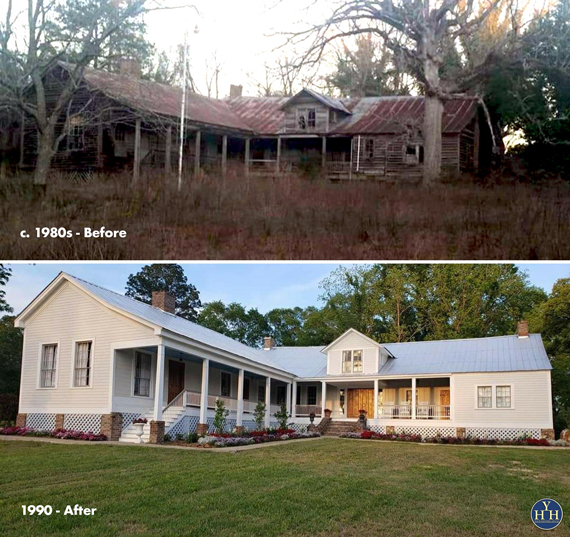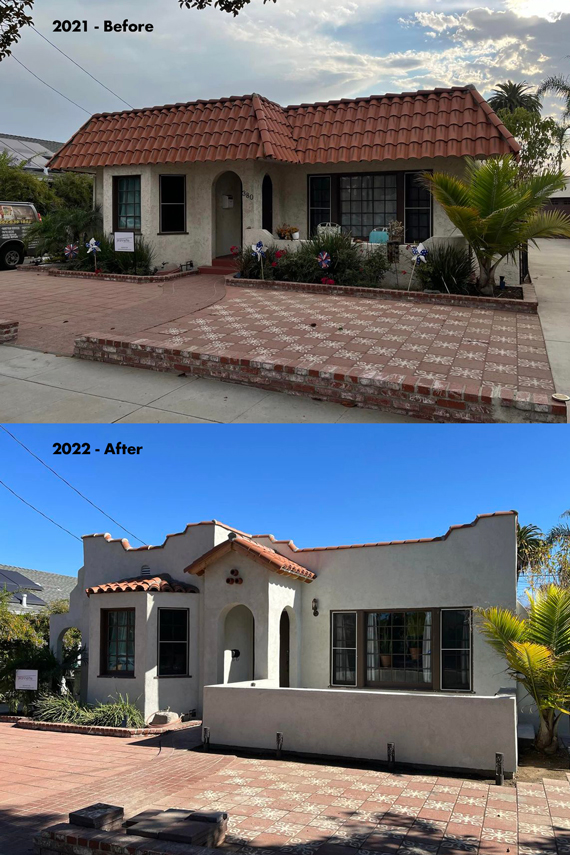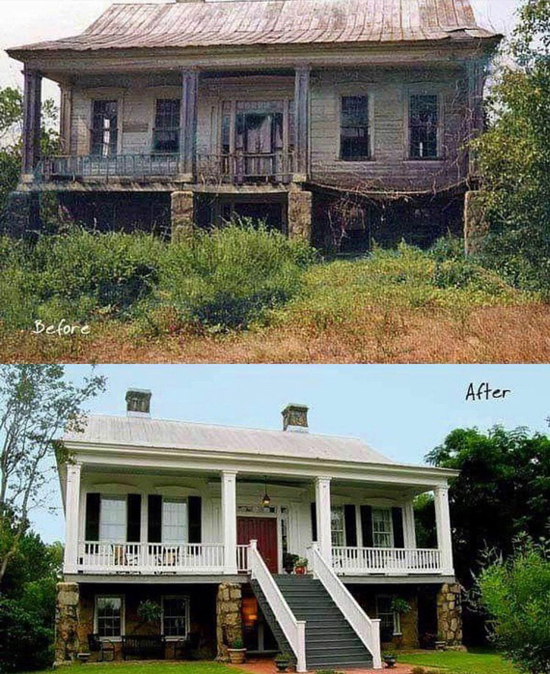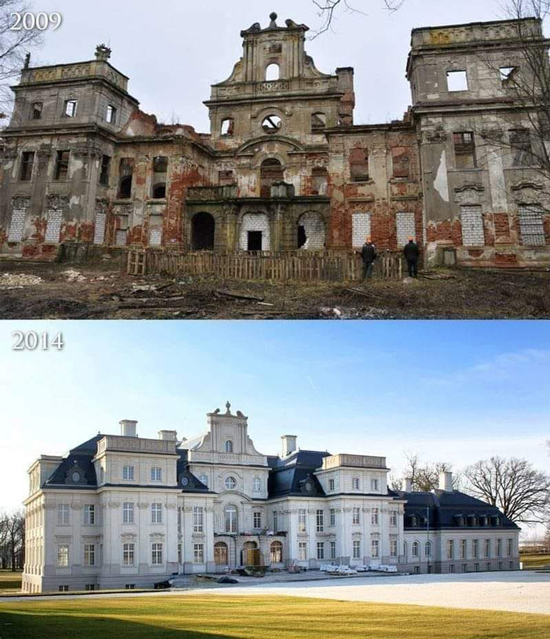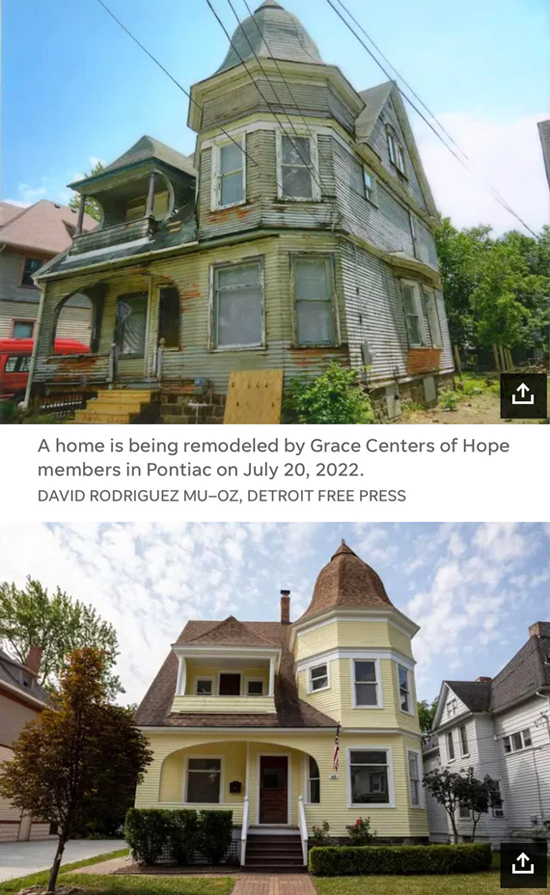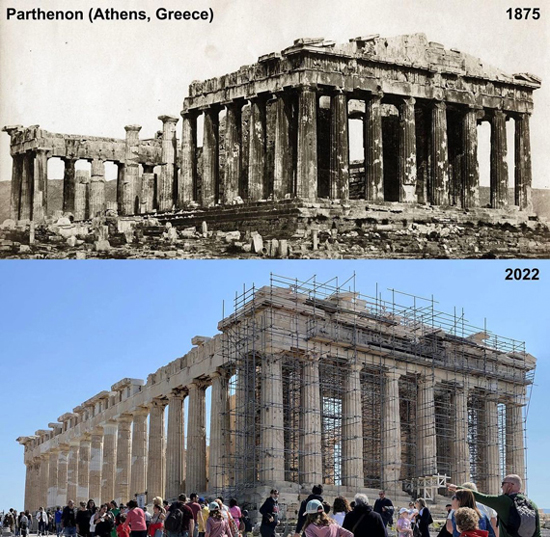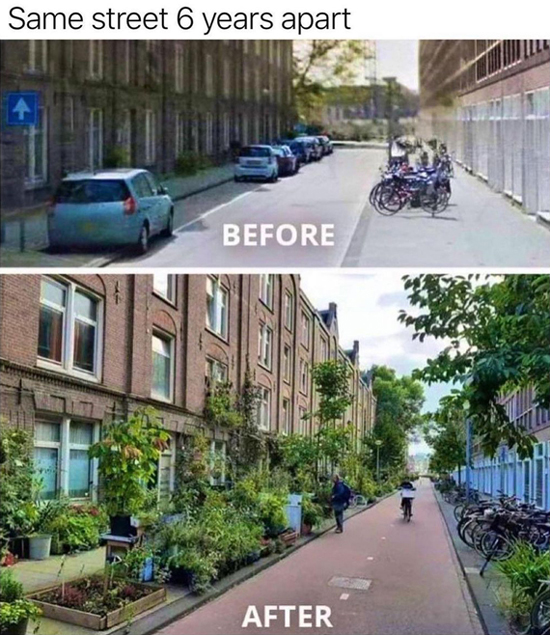|
Tangible Assets: Our Historic Buildings
By Bruce Coons
Executive Director
January/February 2023
Saving an old house or building often starts from an act of love and a reverence for who and what has come before us.
Along with the people who call a place home, it is our older buildings that give a city or neighborhood its unique culture, character, and identity. They inhabit and reflect our collective stories and often serve as a community touchstone, providing a sense of place.
By saving and keeping our historic buildings in use, we preserve our communities and neighborhoods. By restoring and rehabbing historic sites, we acknowledge their many layers of culture and history. Preservation and adaptive reuse represent our forebears and sustain ancestral stories for us and for future generations.
When a historic site is rehabilitated, renovated, or restored, it consistently produces positive cultural and economic results and irreplaceable natural resources are saved or salvaged for reuse. These same results are not achieved with demolition and replacement.
Yet, even with time proven advantages there are still countless threats facing our historic places every day. They can be from neglect and disrepair, lack of funds or interest, politics, or a developer’s plans. There can be catastrophes of water or fire damage, demolition by neglect, insensitive remodeling, budget restraints, and even well-meaning owners not knowing what to do and not finding the right guidance. But none of these threats has to mean the end for a site.
When I look at an unrestored building, I see beyond any damage or insensitive remodels. I envision what a restored and reused building can and will be. This comes in part from decades of observing buildings in various states of disrepair that have subsequently been successfully restored. It is rare that I have found a building that cannot be returned to being a vital and fascinating part of the community.
Restoring an old home or building, particularly one that has been abused or neglected, can play an important part in healing a community. Yet, it is not always easy to convey just how great a renewed site can be when looking at a dilapidated building that is down on its luck. A rundown building is a rich target for naysayers and the knock-down and build-new crowd.
The Balboa Theatre downtown was neglected for 22 years while preservationists formed the Balboa Theatre Foundation and worked to protect it from demolition, and it was in a condition not unlike the California Theatre today. Read Anatomy of a Restoration in Our Heritage magazine.
The Warner-Carrillo Ranch House, made from adobe, was in ruins. It now serves as the only place in San Diego County where people can learn about an extraordinary Californio woman rancher, the Southern Emigrant Trail, a Butterfield Overland Stage Station, and the prominent ranching history in the Valle de San José—all at one site. Read From Ruins to Rescue in our online exhibit.
Historic images can often help tell a building's story more than any other tool. This is what began my own historic San Diego photo collection 40 years ago, to use the power of imagery in saving sites. One successful save using a historic photo is the Graves House, aka the Top Gun cottage, in Oceanside. Along with our partners, the Oceanside Historical Society, I assured the City Council the house could be returned to its original appearance if there was a will to do so. They agreed to take a leap of faith and the result is a tremendous economic success and source of community pride. Read about the People In Preservation award-winning project.
I find it motivating and inspiring to look at the before and after photos of historic buildings and homes once deemed not worth saving. Diverse San Diego examples already mentioned include the Balboa Theatre, the Top Gun House, and the Warner-Carrillo Ranch House. These buildings were all said to be too far gone to save and not worth saving. You can see in the before and after photos below the condition they were once in and the community assets they are today.
Also included are some dramatic examples from around the country and the world of what can be achieved when the restoration of a historic place, of a community is a priority.
Scroll below to see examples.
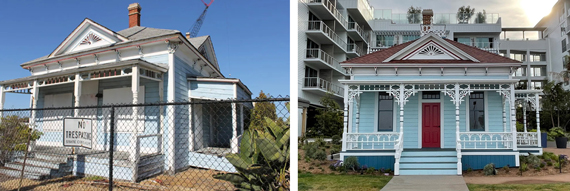 Left Graves House, prior to restoration. Photo courtesy patch.com. Right After restoration. Photo courtesy S.D. Malkin Properties
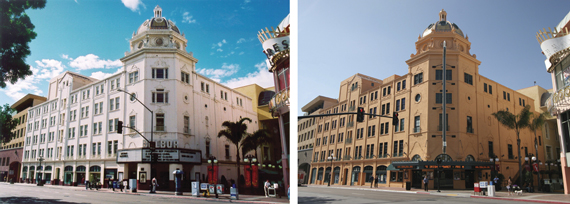 Left Balboa Theatre in 2002; right After restoration. Photos courtesy Heritage Architecture & Planning
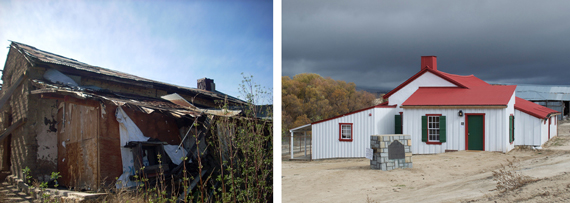 Left Warner-Carrillo Ranch House in 2009. Photo courtesy Vista Irrigation District. Right After restoration. Photo by Bruce Coons
|
2025
2024
2023
2022
2021
2020
2019
2018
2017
2016
2015
|




